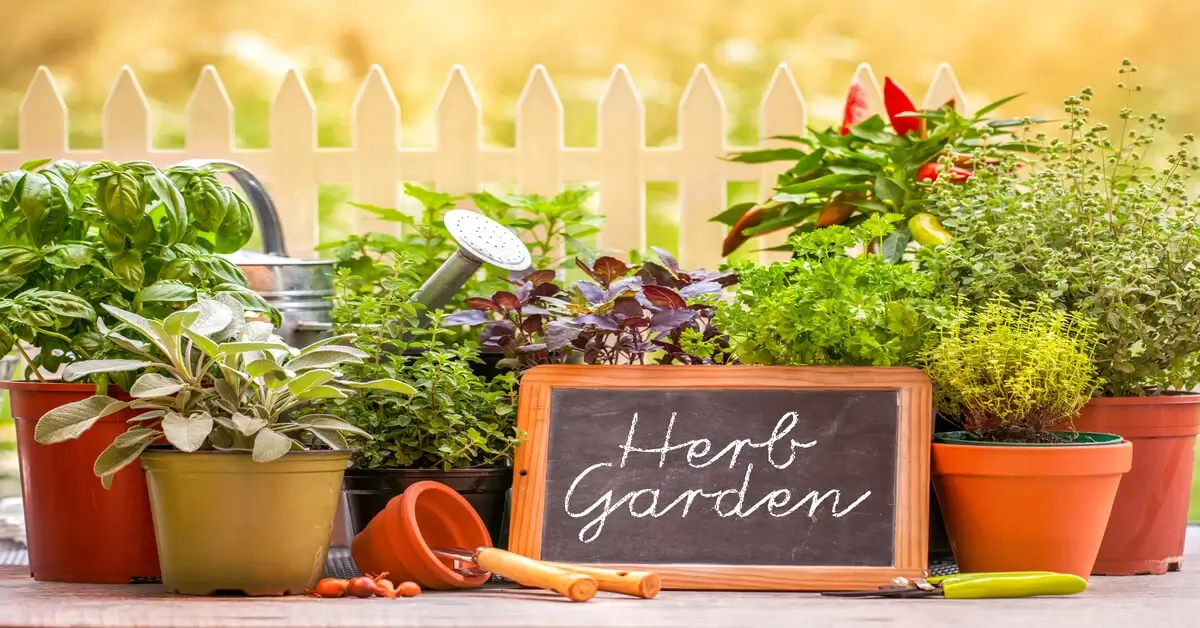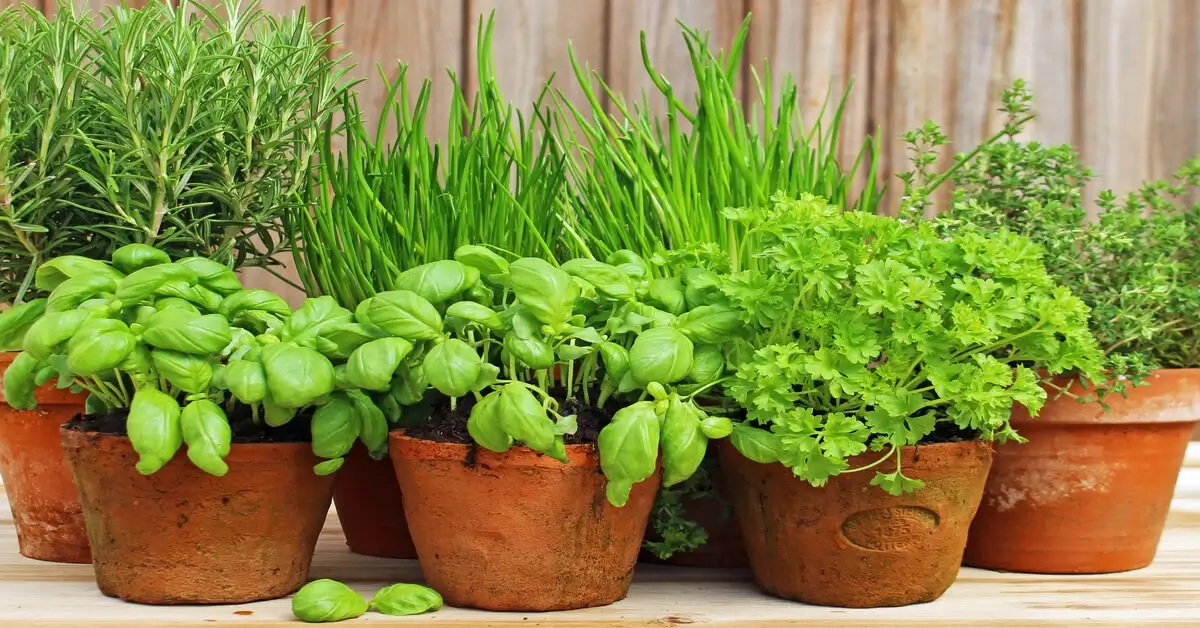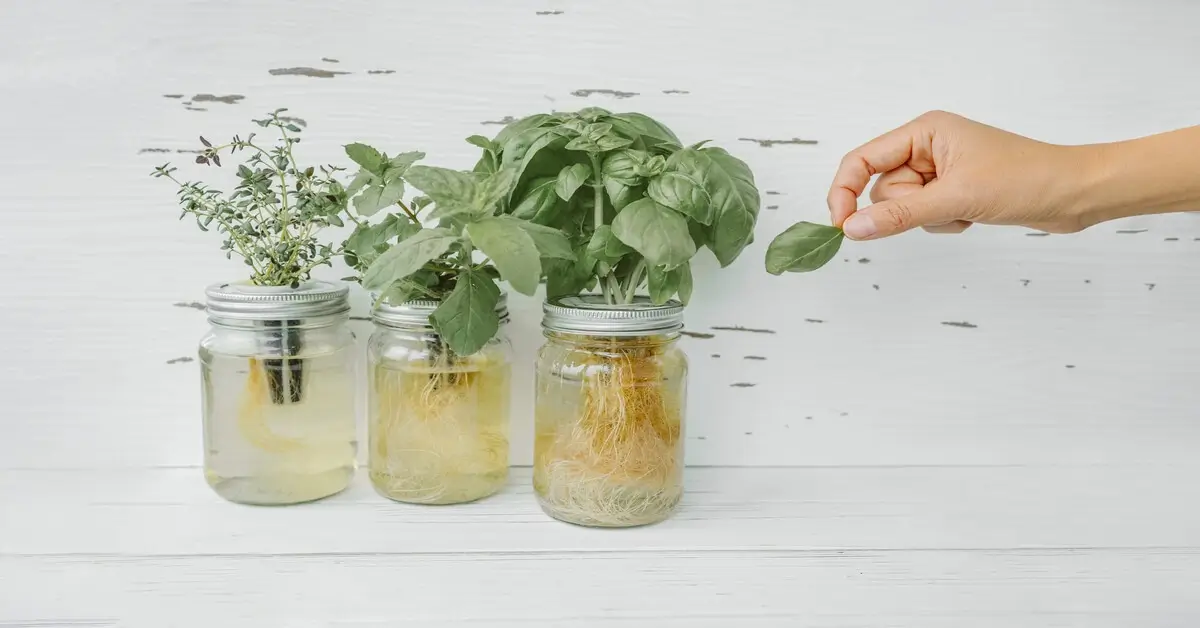Creating an herb garden at home, whether in the vegetable garden or indoors, is enjoyable and rewarding. Let us guide you through the basics of herb gardening.
Introduction to Herb Gardening
An herb is any plant valued for its flavor, scent, medicinal properties, or other characteristics. Herb gardening is popular because many herbs are easy to grow and adaptable to various conditions, from garden beds to containers.
Planning Your Herb Garden

One of the first steps to starting an herb garden is to know which herbs you want to grow. Consider herbs like rosemary, thyme, basil, and mint. These herbs are easy to grow and are used widely in cooking. When planning your herb garden, consider the needs of the herbs, such as sunlight, water, and soil requirements.
Types of Herbs: Perennial, Annual, and Mediterranean
Understanding the different types of herbs helps ensure a successful garden. Perennial herbs, like rosemary and thyme, grow year-round and are often hardy. Annual herbs, like basil, complete their growing season in one year and must be replanted each spring. Mediterranean herbs like lavender prefer sunny and dry conditions and do well in raised beds or pots with good drainage.
Choosing the Best Location for Your Herbs

Herbs grow well in various settings – in raised garden beds, directly in the garden, or in pots as part of an indoor herb garden. Many herbs grow well in containers, making them excellent choices for those with limited garden space. Choose a location that gets at least six hours of sunlight a day. If you want to grow herbs indoors, place them near a south-facing window or use a grow light.
Planting an Herb Garden
You can grow your herbs from seeds or buy new plant starts. Start seeds indoors in pots before the growing season starts, or sow them directly in the garden once the danger of frost is past. When planting an herb garden, give your herbs room to grow and ensure good air circulation to prevent disease.
Caring for Your Herb Garden
To keep your herb garden thriving, remember that herbs need well-draining soil and regular watering. But be careful not to overwater. Too much moisture can lead to root rot. Most herbs also prefer not to be over-fertilized. Organic compost or slow-release fertilizer is usually sufficient.
Harvesting Your Herbs

Most herbs can be harvested throughout the growing season. Clip off the tops of the plants or pick individual leaves as needed. Remember, herbs taste best when harvested before they flower.
Using Your Herbs
Fresh herbs from your garden are a treat for any cook. They also offer a variety of medicinal benefits. Woody herbs like rosemary and thyme flavor roasts and stews, while soft herbs like basil and parsley are excellent in fresh salads.
Conclusion
Starting an herb garden is one of the most rewarding gardening activities. From choosing the right herb plants to providing the proper care, herb gardening is an adventure worth exploring.

